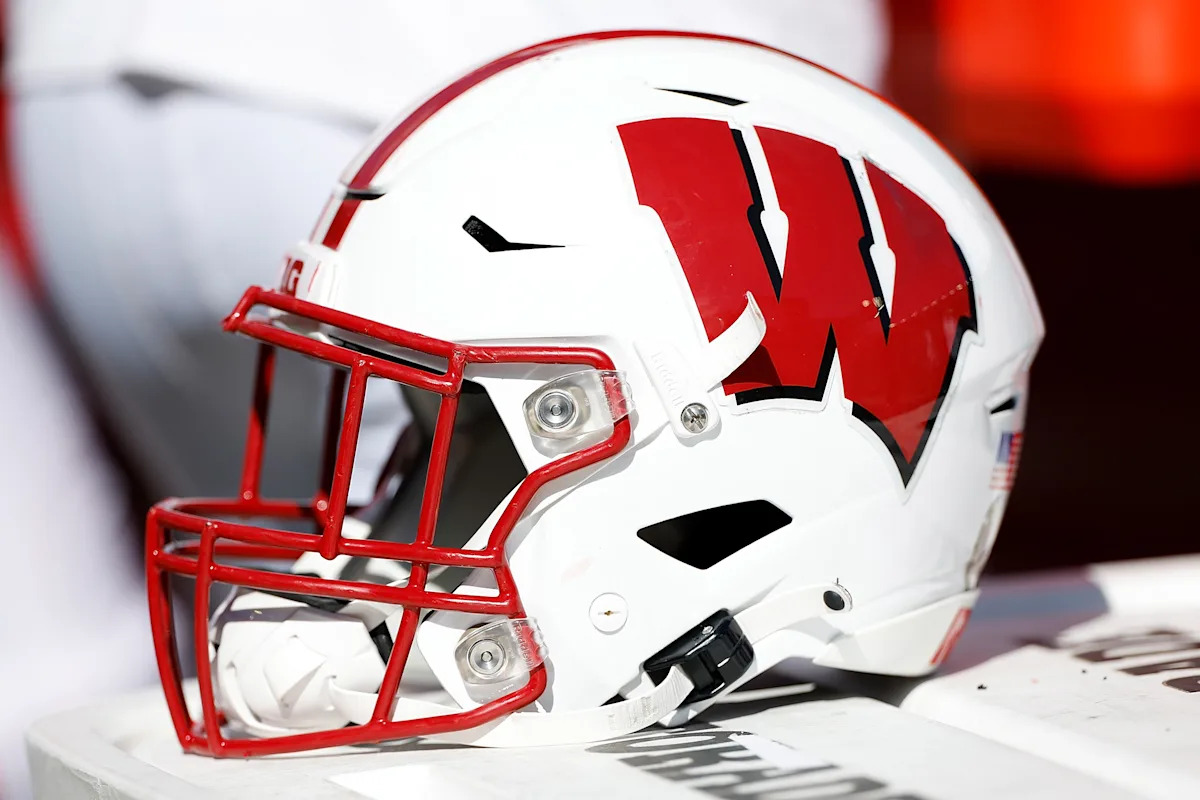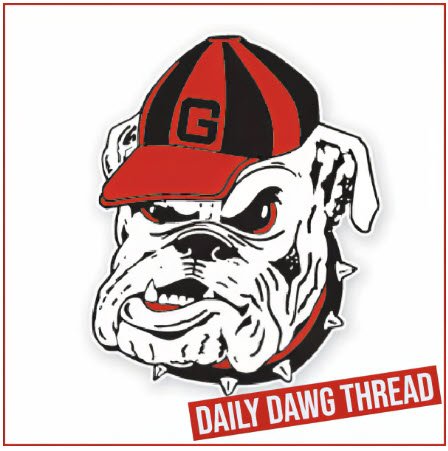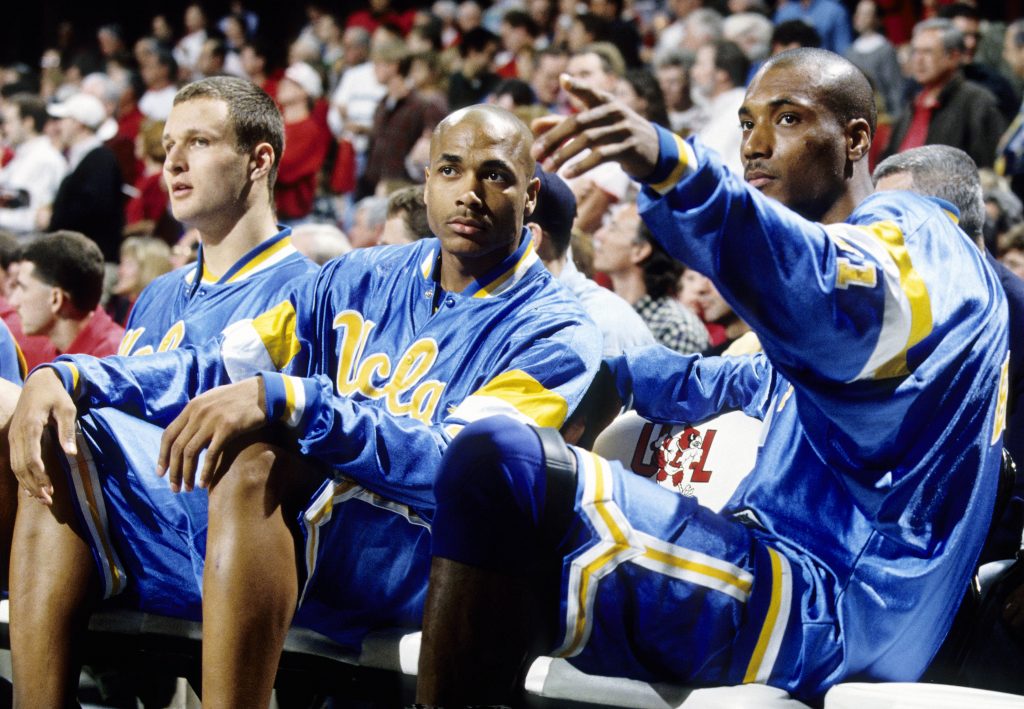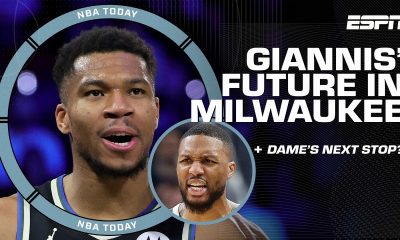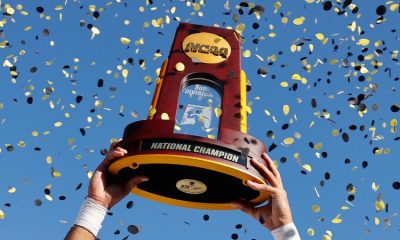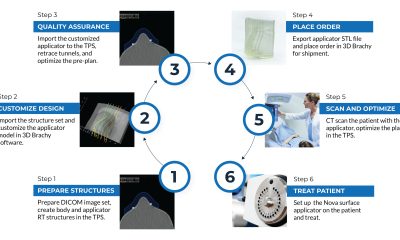Jump To Top of Page
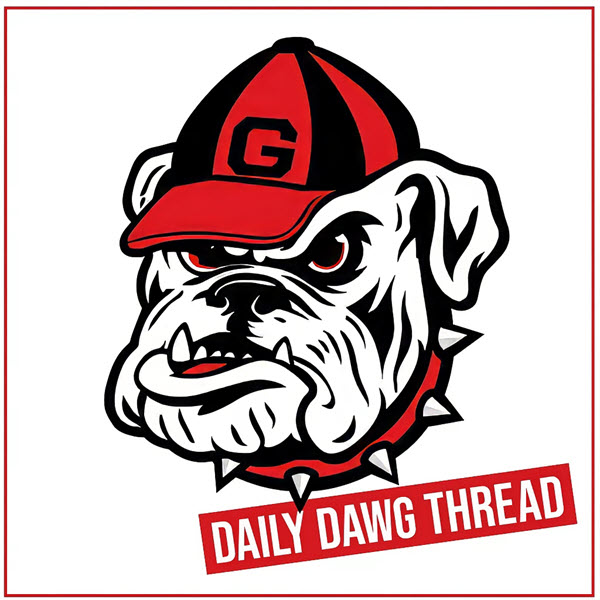
The Pitch That Wins: “Get Paid Now, Get Rich Later”

In the high-stakes world of college athletics, the University of Georgia is selling more than just a scholarship. Its pitch: “Get paid now, get rich later.” Behind the slogan lies a deliberate, long-game NIL strategy that blends smart financial allocation, culture-driven recruiting and athlete branding infrastructure.
In June 2025, Georgia Athletics teamed with Learfield Impact to launch an independent, full-service NIL agency, integrated with Georgia Bulldogs Sports Marketing. The partnership provides UGA athletes with an elite toolkit for building brands, securing endorsements, and accessing long-term income—all while remaining aligned with University systems and collective oversight.
This move builds on the Classic City Collective, a pioneering organization that helped define the University of Georgia’s NIL ecosystem. Georgia chose to keep its own collective active—unlike many peer institutions that are winding theirs down—signaling an intentional focus on “above-the-cap” compensation via legitimate marketing and licensing deals beyond the NCAA’s standard revenue-share cap of $20.5 million per year.
Head coach Kirby Smart has made Georgia’s NIL philosophy uncompromisingly clear: pay what athletes are worth—but don’t overpay, especially for early-career players. He emphasizes relationships over transactions, favoring loyalty and program fit above big short-term payouts.
Inside fan forums, supporters describe UGA’s NIL approach as consistently investing in players already in the program, rather than splurging on portal or transfer athletes or “mercenaries.” One standard analysis: “While other teams are blowing much of their NIL by signing mercenaries off the Portal, UGA is spending to keep the guys they’ve invested in via development.” That strategy aligns with the revenue-sharing cap environment: rather than maxing out a few megadeals, Georgia spreads its NIL dollars across multiple athletes, reinforcing depth, culture, and long-term value.
Georgia understands that player turnover is costly.
Recent NIL resources have been invested in retaining stars who might otherwise leave via the transfer portal. For example, when rumors swirled about player departures, UGA reportedly provided incentives to keep key contributors on the roster. That approach preserves continuity, fosters trust, and builds a team identity, contrasting with programs that chase immediate success by purchasing experienced portal talent.
During SEC Media Days, Smart acknowledged Georgia occasionally loses out on recruits due to smaller NIL packages. One high-profile case: five-star in-state defensive lineman Justus Terry chose Texas over Georgia, citing a bigger NIL offer. Yet Smart sees this as evidence—not weakness—that Georgia’s emphasis on development and suit-fit trumps transactional offers.
Despite such losses, Georgia has signed four straight top-4 recruiting classes, including the No. 1 class in 2024 and No. 2 in 2025, and leads the chase for 2026. That track record suggests the message—relationships over transactions—resonates with players of character who see UGA as a path to pro success beyond immediate NIL dollars.
With new NCAA regulations capping revenue-share at $20.5 million and banning overly big NIL contracts that resemble pay-for-play (contracts above $600 trigger scrutiny), many schools are winding down their collectives. However, Georgia is bucking that trend, doubling down on above-cap deals through brand licensure and sponsorship, rather than performance-based payouts.
On July 24, 2025, a federal executive order was signed banning third-party, booster-sourced NIL payments used as recruiting inducements, while allowing fair-market endorsement deals. That national guardrail underscores why Georgia’s carefully structured model, rooted in transparency and legitimate marketing, may be more resilient moving forward.
This multi-layered strategy serves several goals: Athlete brand building via professional marketing support. Draft prep and exposure, making players pro-ready with strong off-field platforms. Roster stability, via investments in loyalty. Competitive depth is achieved by deploying NIL across multiple players, rather than relying on a few stars. Institutional alignment, giving Georgia complete oversight and brand integration, not leaving NIL to boosters or third parties.
The payoff is both on-field dominance—back-to-back national titles—and off-field value, as Bulldogs build long-term partnerships that outlast eligibility.
Georgia’s pitch is clear: if you buy into the culture and development model—if you stay loyal and work off and on the field—today’s NIL earnings are just the start. Tomorrow brings bigger returns: professional contracts, long-term endorsement deals, and life after UGA success.
In this context, “Get Paid Now” means athletes are compensated in market-value deals early in their careers. But “Get Rich Later” reflects Georgia’s belief that successful development, exposure, national championships, and personal branding ultimately deliver far more than one-time megadeals.
UGA’s NIL strategy is not about knee-jerk, big-money deals. It is a purposeful, multi-layered plan blending institutional infrastructure, athlete support, cultural alignment, recruitment messaging, and brand partnerships. They’re selling something bigger than endorsement checks—a sustainable blueprint for success: win today, build tomorrow.
Georgia’s pitch wins by offering athletes a clear path: earn immediate NIL, but invest in development, identity, and loyalty, and you’ll “get rich later.”
Jump To Today’s Discussion Thread

